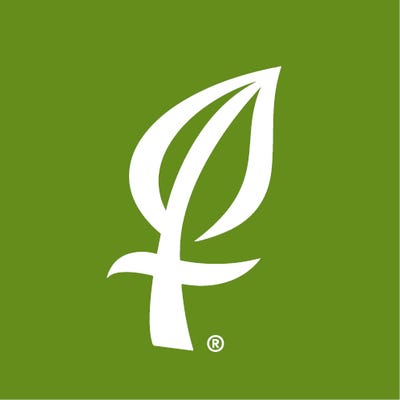March 4, 2004


SCOTT, Miss. – As U.S. cotton producers begin to plant the 2004 crop, agronomists advise you to minimize risks and spread maturity dates by using planting windows wisely and utilizing varieties that range in maturities. Spreading risks starts with planting early-maturing varieties first, says Bill Robertson, Extension cotton specialist with the University of Arkansas. “Many producers plant a little early-season cotton first, to make sure that they will have cotton to pick at the front-end of harvest time,” he says. “Next, they plant full-season varieties and then finish up with a little mid-season cotton. But you really need to make sure you have some cotton to pick in the early fall.” Soil types and field performance history should also be taken into consideration at planting. Heavier, clay-type soils should be planted as soon as weather permits, while there is more flexibility with sandier soils. “The best planting tip is to use common sense,” Robertson says. “Plant a variety that you know from experience will be ready to harvest at the time you want to be picking.” Also, know your fields. “Some fields have more horsepower than others,” Robertson adds. “Fuller-maturing varieties will generally be later on better ground. So, match varieties’ yield potential and maturities with the fields, soil types and planting windows.” Above all, don’t set yourself up for a harvesting nightmare by planting maturities in such an order where the entire crop is ready to pick at the same time. “Think about having everything ready at the same time,” Robertson says. “A lot of cotton is going to sit in the fields for a long time. There are planting strategies for creating a staggered harvest.” Some producers will want to plant as much of a proven performer as fast as they can at the start of each spring, says Ken Lege, director of southeast technical services for Delta and Pine Land Co. “It’s smart to go with proven varieties on your farm,” he says. “No one, however, can predict or control the planting weather, growing environment or harvest conditions in a given year, so spreading planting dates and variety maturities across a farm can help minimize these weather-related risks.” D&PL has a lineup of new, high-yield potential products – one early-maturing, one mid- to full-maturing and one full-maturing – that complement each other insofar as each overlaps at least one other product’s regional adaptation, says Lege. DP 444 BG/RR is early-maturity, DP 449 BG/RR is mid-maturity, and DP 555 BG/RR is full-maturity. A large area of the U.S. Cotton Belt receives enough DD60s to grow all three products in a given year, according to Lege. “In many northern regions of the Belt, producers can grow DP 444 BG/RR and DP 449 BG/RR; and in many southern regions of the Belt, producers can grow DP 449 BG/RR and DP 555 BG/RR,” he says. “In a planting year with few weather interruptions, a producer could plant these three varieties and stagger his harvest so that when the earliest-maturing variety has been picked, the next highest-maturing variety would hopefully be ready.” For refuge acres or weed-prone fields, D&PL has a limited supply this year of three new Roundup Ready varieties that offer growers maturity flexibility at planting. The early-maturing DP 432 RR was the highest-yielding Roundup Ready variety in 2003 D&PL tests, which included both D&PL and competitive cotton products. DP 494 RR is a mid- to full-season cotton variety, which has shown very good fiber potential. DP 434 RR is another new early-season variety showing potential for both good yield and fiber quality. Additionally, D&PL has a supply of DP 488 BG/RR, a mid-season cotton with DP 491 background that has exhibited very long staple and other good fiber characteristics in tests to date. In the not-too-distant future, D&PL will have products with complementary maturities in all major technologies being offered to U.S. cotton producers, including Bollgard, Roundup Ready, Bollgard/Roundup Ready and Bollgard II/Roundup Ready. The Cotton Revolution kicked into gear with the commercialization of DP 555 BG/RR and keeps gaining ground this year as D&PL offers the lineup of DP 444 BG/RR, DP 449 BG/RR and DP 555 BG/RR. For more information about D&PL and its new varieties, go to www.deltaandpine.com. e-mail: [email protected]
About the Author(s)
You May Also Like






